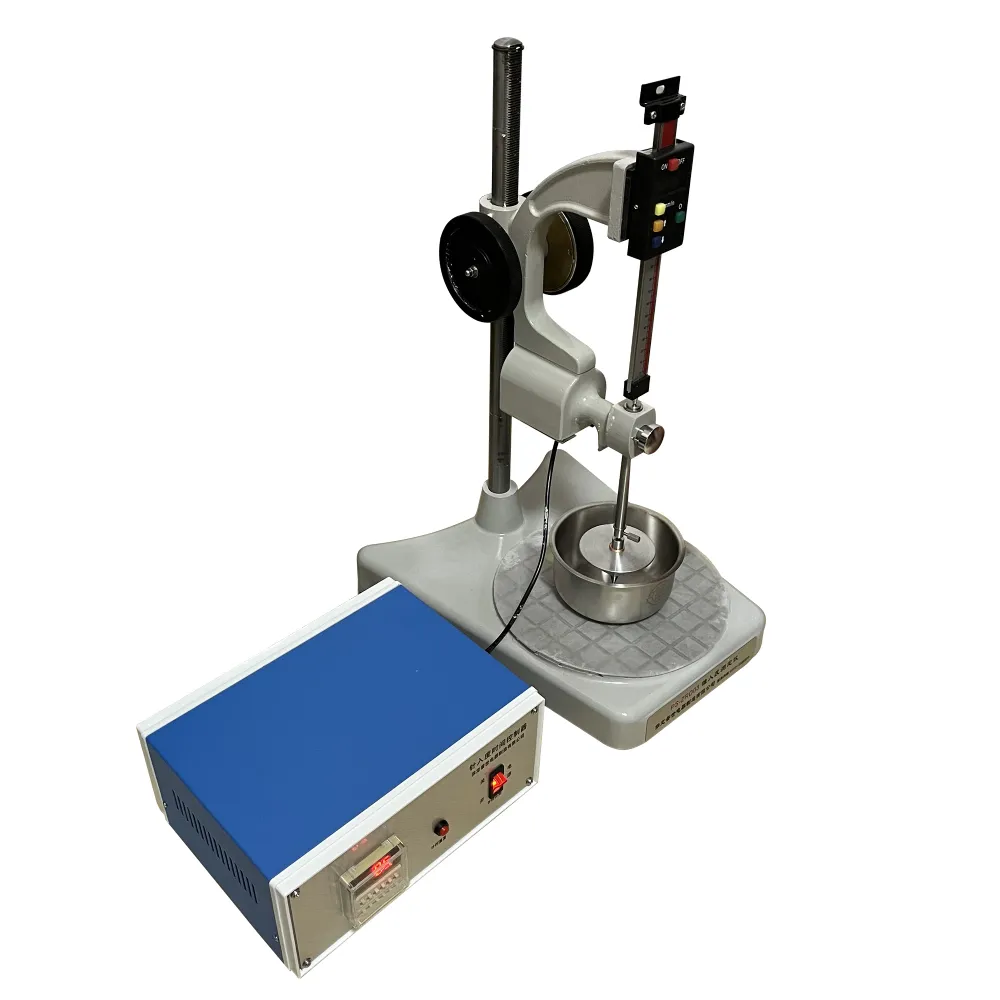 English
English


measurement of winding resistance
Measurement of Winding Resistance in Electrical Machines
Winding resistance is a critical parameter in the performance and reliability of electrical machines, such as transformers, motors, and generators. It directly influences the efficiency, thermal performance, and operational stability of these devices. Understanding how to measure winding resistance accurately is essential for maintenance, diagnosis, and ensuring the longevity of electrical equipment.
Importance of Winding Resistance
Winding resistance refers to the resistance of the electromagnetic coils in an electrical machine. It plays a vital role in determining the overall efficiency of the machine. Higher winding resistance can lead to increased power losses, which manifests as heat. This heat generation is detrimental as it can cause insulation damage and ultimately lead to premature failure of the machine. Additionally, winding resistance affects the voltage drop across the coils, which can impact performance, particularly in large industrial applications.
Measuring the winding resistance helps in evaluating the condition of the windings. It can reveal issues such as winding degradation, poor connections, or the presence of short circuits. Routine testing allows for preventative maintenance, ensuring any potential issues are identified before they escalate into major failures.
Measurement Techniques
There are several methods to measure winding resistance, each suited to specific applications and types of electrical machines. The most common methods include
1. Four-Wire Method This is considered the most accurate technique for measuring low resistance. It uses four leads, two of which are used to supply current (the source) while the other two measure the voltage drop across the resistance. This method minimizes the effect of lead resistance, providing a more accurate measurement of the winding's resistance.
2. Two-Wire Method This simpler approach uses only two leads. While easier to set up, it is less accurate for low resistances since the resistance of the test leads is included in the measurement. This can lead to significant errors, especially in low-resistance applications like motor windings.
measurement of winding resistance

3. Winding Resistance Bridges These specialized instruments are designed to measure winding resistance with high precision. They can often perform temperature compensation and provide digital readings, making them suitable for laboratory and fieldwork.
4. Digital Multimeter (DMM) Although not as specialized for low resistance measurements, digital multimeters can be used for general measurements. However, care must be taken to ensure accuracy, especially with long leads that may add resistance.
Factors Influencing Winding Resistance Measurements
Several factors can influence winding resistance measurements, making it essential to consider these during testing
- Temperature Resistance varies with temperature. Typically, resistance decreases as temperature rises. Measurements should ideally be taken at a consistent temperature or compensated for variations in temperature, as outlined by the temperature coefficient of resistance for the given material.
- Moisture and Contamination The presence of moisture or contaminants can impact the accuracy of winding resistance readings. It is essential to ensure that the windings are clean and dry before testing.
- Frequency of Testing Regular testing helps track changes over time. Sudden changes in resistance may indicate emerging problems, allowing for timely intervention.
Conclusion
The measurement of winding resistance is a straightforward yet vital process in the maintenance of electrical machines. By utilizing appropriate methods and considering influencing factors, technicians and engineers can ensure accurate measurements. This practice is essential for the longevity and reliability of electrical equipment, ultimately leading to safer and more efficient operations. Regularly scheduled tests and proper maintenance based on winding resistance readings form the backbone of effective electrical machine management, emphasizing the importance of this seemingly simple parameter in the broader context of electrical engineering.
-
Differences between open cup flash point tester and closed cup flash point testerNewsOct.31,2024
-
The Reliable Load Tap ChangerNewsOct.23,2024
-
The Essential Guide to Hipot TestersNewsOct.23,2024
-
The Digital Insulation TesterNewsOct.23,2024
-
The Best Earth Loop Impedance Tester for SaleNewsOct.23,2024
-
Tan Delta Tester--The Essential Tool for Electrical Insulation TestingNewsOct.23,2024





